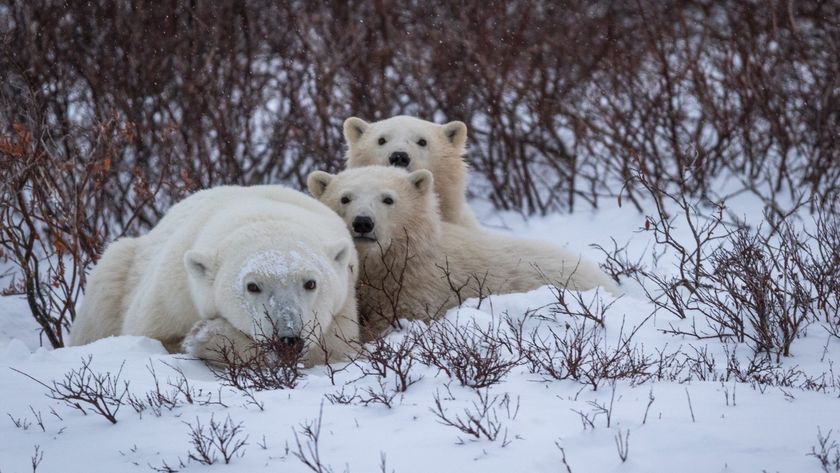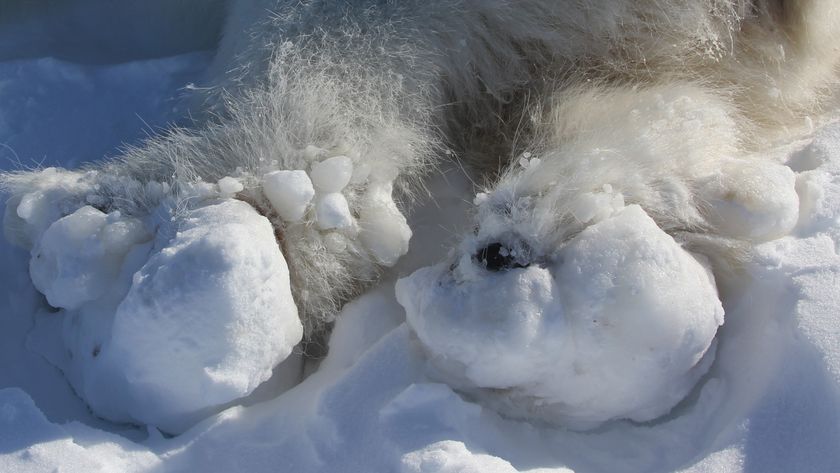How DNA Evidence Can Close Bear Attack Cases
Bear attacks on humans are rare, but they peak in summer, when both species are out and about. So far this season, reports of serious or fatal human-bear conflicts have emerged in British Columbia, Arizona, Yellowstone National Park, Alaska, New Jersey, Colorado, and even Norway, where a polar bear killed one and mauled five.
As with human crimes, DNA evidence has found a place in investigations into bear attacks. Officials use genetic analysis to make sure they have found the guilty bear. This confirmation not only re-assures the humans in the area, it protects other, innocent bears from being killed. [Read the main story: Forensic Science Heads into the Woods]
The technique used by forensic labs to confirm the identity of an attacker, bear or human, is essentially the same — investigators look at specific, short sections of DNA.
DNA is made up of a four-letter code, and these sections, called microsatellite markers, have a repetitive sequence. The number of times this sequence repeats itself within the section varies between individuals, both humans and bears. As a result, scientists can use a handful of these markers to create a profile of an individual, or show relatedness between individuals.
An individual has two versions, called alleles, of code at each marker, one inherited from the mother, the other from the father.
"You don't actually look at the DNA that comes from the evidence item," said Mary Burnham Curtis, a senior forensic scientist and head of the genetics team at U.S. Fish and Wildlife Service National Fish and Wildlife Forensic Laboratory. "What a forensic scientist would do is amplify or copy DNA from the evidence item. There is so little DNA and you need to look at a lot of it."
In order to copy the marker in question, investigators need a leader piece called a primer that matches up with the regions of DNA on either side of the marker. These primers need to be specific to the target species. For instance, samples from the scene of a bear attack are likely to contain both human and bear markers, so results could be confusing without the use of species-specific primers, according to Curtis.
Sign up for the Live Science daily newsletter now
Get the world’s most fascinating discoveries delivered straight to your inbox.
In the national lab, forensic scientists use 10 markers that are specific for bears, according to Curtis.
Unlike in human forensics, the choice of genetic markers for wildlife isn't standardized. Labs looking at bears, for example, have independently determined which markers they use. So, while there is overlap, the whole suite of markers varies among labs. And, unlike for humans, there are no commercially made kits to assist in the analysis, according to Curtis.
Attacks by large predators, such as bears and cougars, make up only a tiny piece of wildlife forensic work, which largely focuses on enforcing laws meant to protect wildlife, by catching poachers or those illegally transporting animal parts.
"A lot of countries now are interested in building wildlife crime labs, part of it is being driven by endangered species problems and conservation," she said.
You can follow LiveScience writer Wynne Parry on Twitter @Wynne_Parry. Follow LiveScience for the latest in science news and discoveries on Twitter @livescience and on Facebook.













